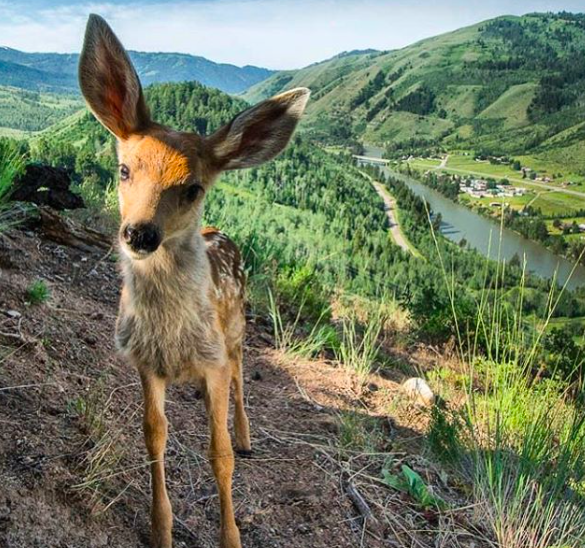
Alors que 2018 pointe à peine le bout de son nez, National Geographic vient de révéler le top 10 des meilleures photos de l’année passée postées sur leur compte Instagram. Le compte @natgeo compte plus de 84 millions de followers et n’hésite pas à partager des photos prises par des abonnés passionnés. Régulièrement alimenté par des photographes habitués du magazine, le compte Instagram de National Geographic nous fait voyager sans quitter notre canapé.
Parmi ces clichés pleins de sensibilité, on retrouve notamment la célèbre photo d’un ours polaire affamé et mourant ou celle de l’éclipse solaire américaine. Cette sélection des plus beaux clichés de 2017 est une nouvelle occasion de mettre en lumière la diversité et la beauté de notre planète et l’importance de la préserver.

